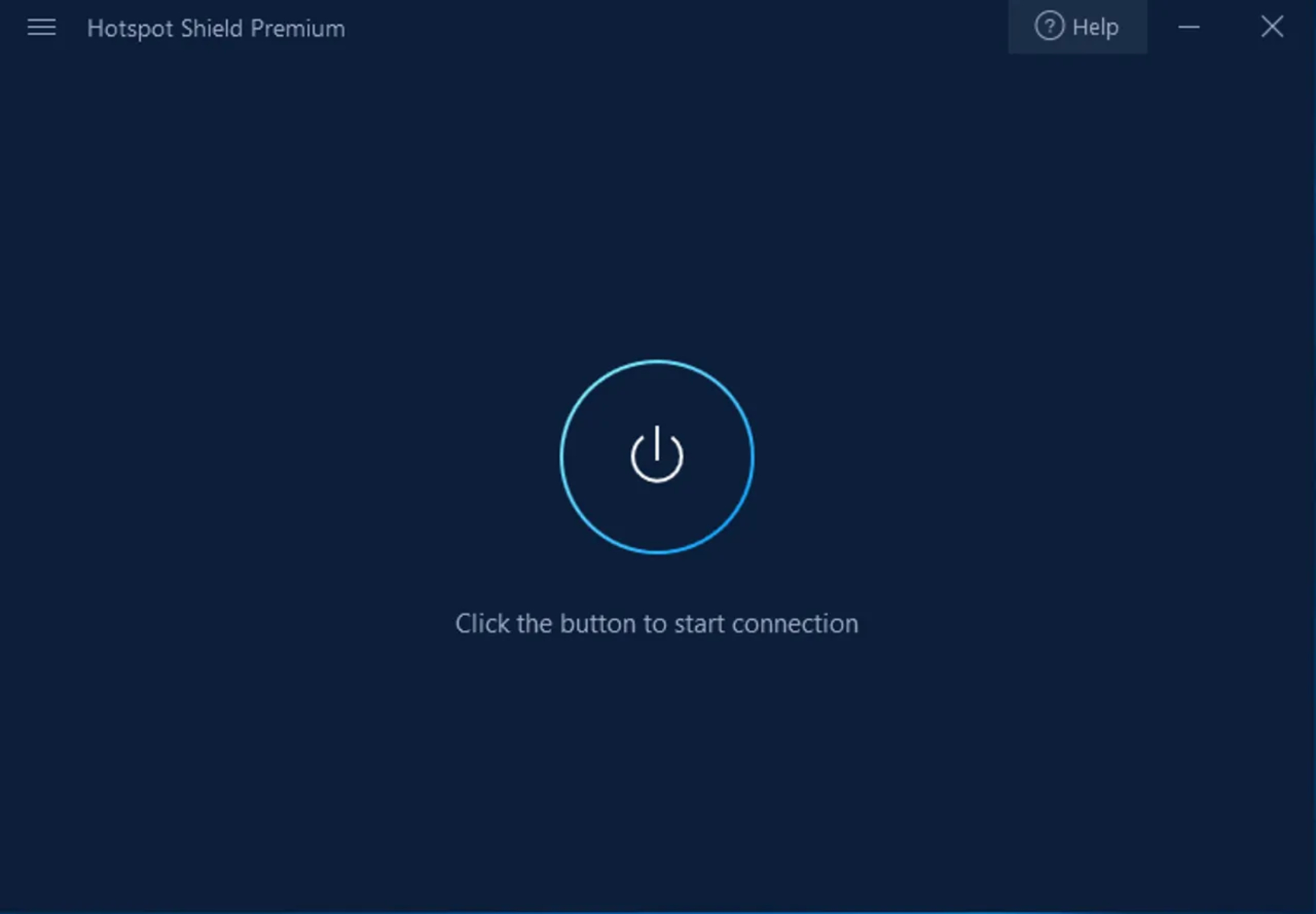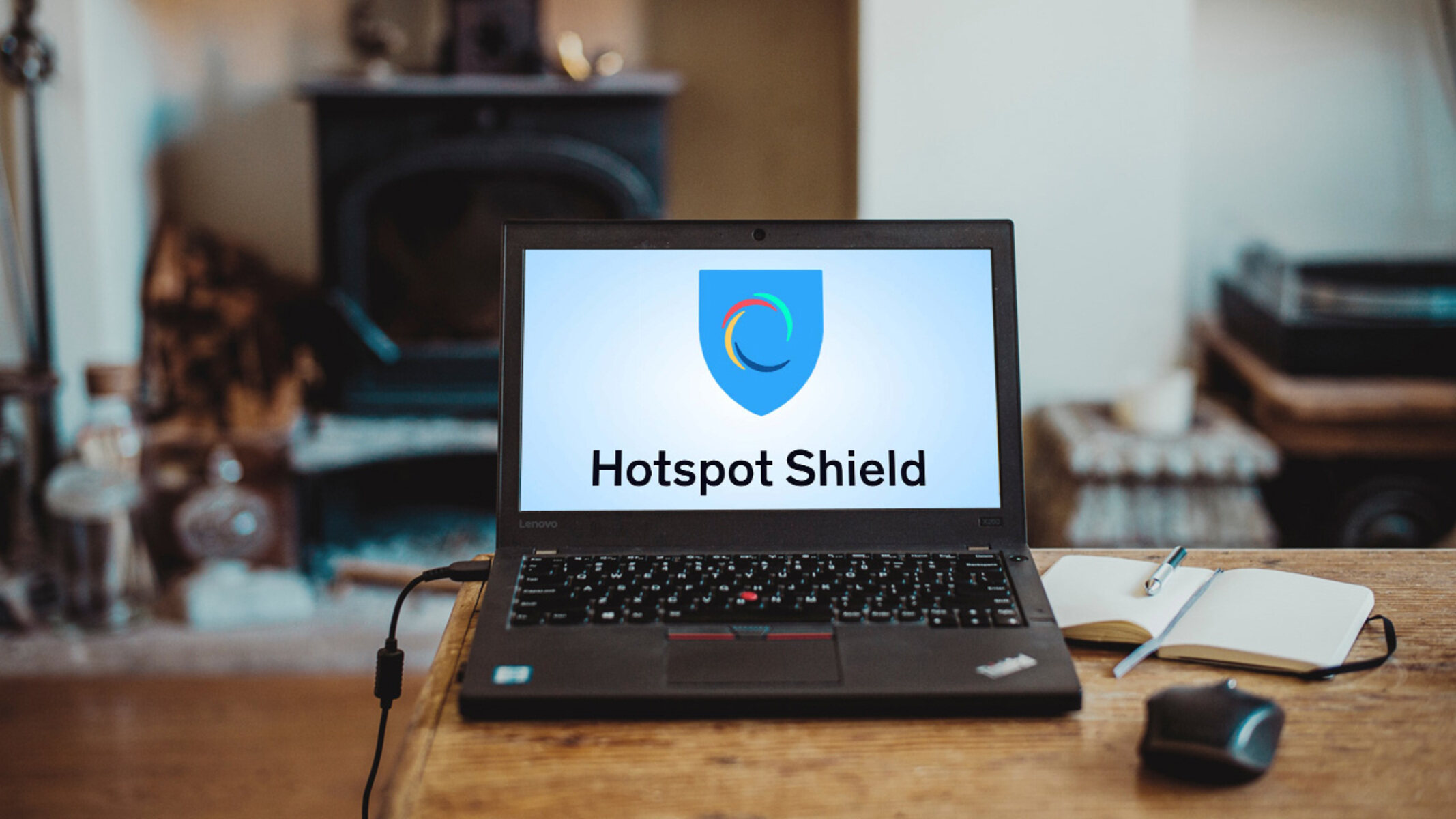Introduction
Dealing with unwanted software updates can be a frustrating experience, especially when it comes to applications like Hotspot Shield on your PC. While updates are generally intended to enhance security and performance, they can sometimes cause compatibility issues or unwanted changes to the user interface. This guide will walk you through the process of preventing Hotspot Shield updates on your PC, providing you with the control to decide when and how you want to update the software.
Hotspot Shield, a popular VPN application, often pushes automatic updates to ensure that users have the latest features and security patches. However, if you prefer to manage updates manually or if you have specific reasons for staying on a certain version, disabling automatic updates can be a viable solution. Additionally, some users may have concerns about the impact of updates on system resources or network stability, making it essential to have the option to control the update process.
By following the steps outlined in this guide, you can gain a deeper understanding of how to prevent Hotspot Shield updates on your PC. Whether you are looking to maintain a specific version of the software, avoid potential compatibility issues, or simply prefer to have more control over your application updates, this guide will equip you with the knowledge and tools to achieve your desired update management strategy.
Disabling Automatic Updates
Disabling automatic updates for Hotspot Shield on your PC can provide you with greater control over when and how the software is updated. This can be particularly useful if you prefer to review the details of each update before applying it, or if you have specific reasons for staying on a particular version of the application. Here's a step-by-step guide to help you disable automatic updates for Hotspot Shield:
-
Open Hotspot Shield Application: Launch the Hotspot Shield application on your PC. Once the application is open, navigate to the settings or preferences section. This is typically represented by a gear or cogwheel icon and is commonly located in the top-right or bottom-right corner of the application window.
-
Locate Update Settings: Within the settings or preferences section, look for the update or auto-update options. Hotspot Shield usually provides users with the ability to manage update settings directly from the application interface. You may find options such as "Auto-update" or "Check for updates" with corresponding checkboxes or toggle switches.
-
Disable Auto-Update: To disable automatic updates, uncheck or toggle off the auto-update option. This action will prevent the application from automatically downloading and installing updates without your consent. It's important to ensure that the changes are saved or applied within the settings to enact the update preference modification.
-
Verify Update Status: After disabling automatic updates, it's advisable to verify the update status to confirm that the changes have been successfully applied. This can typically be done by checking the update settings to ensure that the auto-update feature remains disabled.
By following these steps, you can effectively disable automatic updates for Hotspot Shield on your PC, allowing you to manage updates according to your preferences and schedule. This level of control empowers you to make informed decisions about when to update the application, ensuring that it aligns with your specific requirements and usage scenarios.
Blocking Hotspot Shield Update Servers
Blocking Hotspot Shield update servers can be an effective way to prevent the application from accessing the necessary resources to perform automatic updates. By implementing this approach, you can exert greater control over the update process and maintain the desired version of the software without interference. Here's a detailed overview of how to block Hotspot Shield update servers on your PC:
Using Hosts File Modification
One method to block Hotspot Shield update servers involves modifying the hosts file on your PC. The hosts file is a local configuration file that maps hostnames to IP addresses, allowing you to control network traffic at the system level. To block Hotspot Shield update servers using the hosts file, follow these steps:
-
Locate the Hosts File: The hosts file is typically located at C:\Windows\System32\drivers\etc\hosts on Windows systems. You can access this file using a text editor with administrative privileges.
-
Edit the Hosts File: Open the hosts file in a text editor and add the IP address of the Hotspot Shield update server followed by the domain name. For example, you can add a line such as "0.0.0.0 updates.hotspotshield.com" to redirect requests to a non-existent address.
-
Save the Changes: After adding the relevant entries to the hosts file, save the changes and ensure that the file is updated with the new configurations.
Utilizing Firewall Rules
Another approach to block Hotspot Shield update servers involves using firewall rules to restrict outbound connections to specific IP addresses or domains associated with the update servers. This method allows you to create custom rules that prevent the application from communicating with the designated update servers. Here's how you can utilize firewall rules to block Hotspot Shield update servers:
-
Access Firewall Settings: Navigate to the firewall settings on your PC, which can typically be found in the system settings or control panel.
-
Create Outbound Rules: Within the firewall settings, create outbound rules that target the IP addresses or domain names of the Hotspot Shield update servers. By specifying these rules, you can effectively block the application from establishing connections to the update servers.
-
Verify Rule Implementation: After creating the outbound rules, verify that the firewall is actively blocking the specified connections by monitoring network activity and ensuring that the designated update servers are inaccessible to the Hotspot Shield application.
By implementing these methods to block Hotspot Shield update servers, you can establish a proactive barrier against automatic updates, enabling you to maintain full control over the software version and update process on your PC. This level of control empowers you to manage the application according to your preferences and strategic update management approach.
Using Third-Party Software to Prevent Updates
In some cases, leveraging third-party software can offer a convenient and comprehensive solution to prevent Hotspot Shield updates on your PC. These specialized tools are designed to provide advanced control over application updates, allowing users to manage the update process with precision and flexibility. By integrating third-party software into your update management strategy, you can streamline the process of preventing updates and tailor the approach to align with your specific preferences.
One effective approach involves utilizing software that offers application management functionalities, including the ability to block or delay updates for specific applications such as Hotspot Shield. These tools often provide a user-friendly interface that simplifies the process of customizing update settings and managing the update behavior of individual applications. By leveraging such software, you can gain granular control over the update process, ensuring that Hotspot Shield remains at a desired version without the intrusion of automatic updates.
Furthermore, certain third-party applications specialize in monitoring and controlling network traffic, allowing users to regulate the communication between applications and external servers. By leveraging these tools, you can implement custom rules to restrict Hotspot Shield's access to update servers, effectively preventing the application from initiating automatic updates. This level of network traffic control empowers users to enforce specific policies that align with their update management strategy, providing a proactive approach to preventing unwanted updates.
Additionally, some third-party software solutions offer comprehensive system administration capabilities, including the ability to manage application permissions and update settings at a granular level. By leveraging these tools, users can define specific policies and restrictions for Hotspot Shield, ensuring that the application adheres to predefined update management guidelines. This approach enables users to establish a robust framework for preventing updates, enhancing overall control and governance over the application's update behavior.
By integrating third-party software into your update prevention strategy, you can leverage advanced functionalities and intuitive interfaces to streamline the process of managing Hotspot Shield updates. These tools offer a proactive and tailored approach to update management, empowering users to maintain the desired version of Hotspot Shield while exercising precise control over the update process.
Conclusion
In conclusion, preventing Hotspot Shield updates on your PC can be a strategic and empowering endeavor, offering you greater control over the application's update process. By implementing the methods outlined in this guide, you can tailor the update management strategy to align with your specific preferences and requirements.
Disabling automatic updates for Hotspot Shield provides you with the flexibility to review and apply updates at your discretion, ensuring that each update is thoroughly evaluated before implementation. This approach empowers you to maintain the current version of the application until you are ready to transition to a newer release, allowing you to manage the update process in a deliberate and informed manner.
Blocking Hotspot Shield update servers through hosts file modification and firewall rules presents a proactive and comprehensive strategy to prevent unwanted updates. By leveraging these methods, you can establish a robust barrier against automatic updates, ensuring that the application remains at a desired version without the intrusion of unsolicited updates. This level of control empowers you to govern the application's update behavior with precision, aligning it with your strategic update management approach.
Furthermore, integrating third-party software into your update prevention strategy offers a streamlined and comprehensive solution to manage Hotspot Shield updates. These specialized tools provide advanced control over application updates, allowing you to tailor the update process to align with your specific preferences. By leveraging these tools, you can enforce custom policies, regulate network traffic, and define granular update settings, ensuring that Hotspot Shield adheres to your predefined update management guidelines.
In essence, the ability to prevent Hotspot Shield updates on your PC equips you with the autonomy to manage the application according to your preferences and strategic considerations. Whether you prioritize stability, specific feature sets, or prefer to evaluate updates on your terms, the methods presented in this guide empower you to take charge of the update process, ensuring that it aligns with your unique usage scenarios and preferences.

























